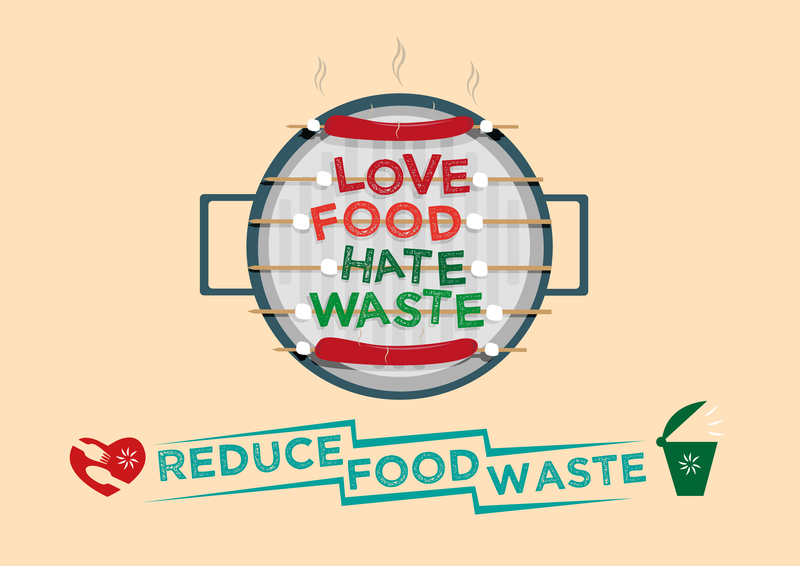The Future of Sustainable Glass Recycling Practices
The imperative need for sustainable recycling practices has grown in recent years, and glass recycling is a fundamental part of this revolution. As communities become more environmentally conscious, the importance of sustainable glass recycling reaches new heights. This article explores the future of these practices, highlighting innovative technologies, community involvement, and policy changes that promise a greener tomorrow.
Understanding the Importance of Glass Recycling
Glass is a highly recyclable material that does not degrade through the recycling process, making it ideal for repeated use. It helps conserve raw materials, reduces consumption of energy, lowers CO2 emissions, and decreases the volume of waste sent to landfills. But what needs to happen for glass recycling to reach its full potential?
Benefits of Advancing Glass Recycling Techniques
Advanced recycling techniques are crucial for increasing the efficiency of glass recycling. Improving these techniques can lead to numerous benefits, including:
- Reduced carbon footprint: By refining the recycling process, carbon emissions can be significantly diminished.
- Resource conservation: Less raw material is needed when recycled glass, or cullet, is used in production.
- Economic growth: The recycling industry can create jobs and contribute to the economy.

Innovative Technologies in Glass Recycling
The future of sustainable glass recycling is being shaped by various technological advancements. These innovations are addressing the limitations of current recycling practices and paving the way for more efficient systems.
Automated Sorting Systems
Traditionally, glass recycling has been labor-intensive and prone to contamination issues. However, automated sorting systems are revolutionizing this process by using advanced sensors to accurately identify and separate glass by color and type. This innovation reduces contamination and increases the quality of recyclable materials.
Pyrolysis Technology
Pyrolysis is an emerging technology that breaks down complex glass waste into simpler compounds without oxidation. This process allows for the recovery of valuable materials and energy, enhancing both the sustainability and economic viability of glass recycling.
Community Engagement and Education
For sustainable glass recycling practices to thrive, public engagement and education are key. People must understand the impact of their waste and the benefits of recycling.
Raising Awareness
Educational initiatives that focus on the importance of recycling and the benefits of glass materials can create a more informed and proactive society. Awareness campaigns should aim to highlight how each individual's contribution can make a larger ecological impact.
Implementing Local Programs
Developing community-based programs that educate the public about proper recycling methods can significantly improve local glass recycling rates. Such programs could include:
- Workshops on sorting and cleaning glass waste
- Guidance on identifying recyclable glass products
- Organizing local collection drives and events
The Role of Policy in Glass Recycling
Policymakers play a crucial role in shaping the practices and efficiency of glass recycling, as well as addressing environmental concerns that come with waste management.
Incentivizing Recycling Laws
Introduced policies that offer incentives, such as tax breaks or subsidies, can encourage companies to employ innovative and sustainable glass processing methods. Governments can also support research and development of new recycling technologies.
Implementing Norms and Regulations
Strong waste management regulations ensure that glass recycling processes adhere to high environmental standards. Developing nations can look towards successful models employed by regions with high recycling rates to establish effective recycling systems.

Challenges Facing Glass Recycling Efforts
Despite the progress, the road to sustainable glass recycling comes with its own set of challenges. Understanding these challenges is the first step to overcoming them and optimizing glass recycling processes worldwide.
Contamination Issues
One of the most prevalent challenges is contamination of recyclable glass. Items being improperly sorted can lead to contamination, complicating the recycling process and lowering the quality of cullet.
Economic Viability
While many consumers and companies are willing to adopt sustainable practices, the cost-efficiency of recycling remains an obstacle. Ensuring that recycling methods are economically viable is essential to their widespread adoption.
Global Commitment
The lack of a global framework on recycling practices can result in disparities between different regions. For glass recycling to become genuinely sustainable, collaboration on an international scale is crucial.
Conclusion: A Green Future
The future of sustainable glass recycling is promising yet complex. Through technological advancements, increased community engagement, and supportive policies, glass recycling can become more efficient and effective, leading to a further reduction in environmental impacts and an increase in resource conservation. By leveraging these advancements and addressing current challenges, we can move towards a future where the glass recycling industry not only survives but thrives, contributing critically to a sustainable, circular economy.